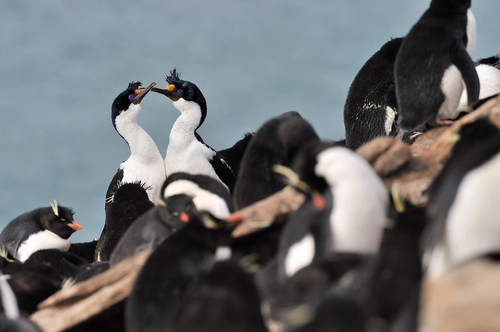Name: Magellanic Penguin (Spheniscus magellanicus)
Height: 60 to 75 cm.
Weight: 2.5 to 6.5kg.
Location: South America.
Conservation status: Near Threatened.
Diet: Cuttlefish, squid, krill, other crustaceans.
Appearance: Black backs, flippers, and caps. White bellies, inner flippers, and a white band from the eyebrow to under the face. Two black bands between the head and chest.
How do Magellanic Penguins feed?
Environmental changes have forced Magellanic Penguins to swim an extra 80 km to hunt, delaying their return to the nest. They hunt in flocks, diving up to 75 meters deep.
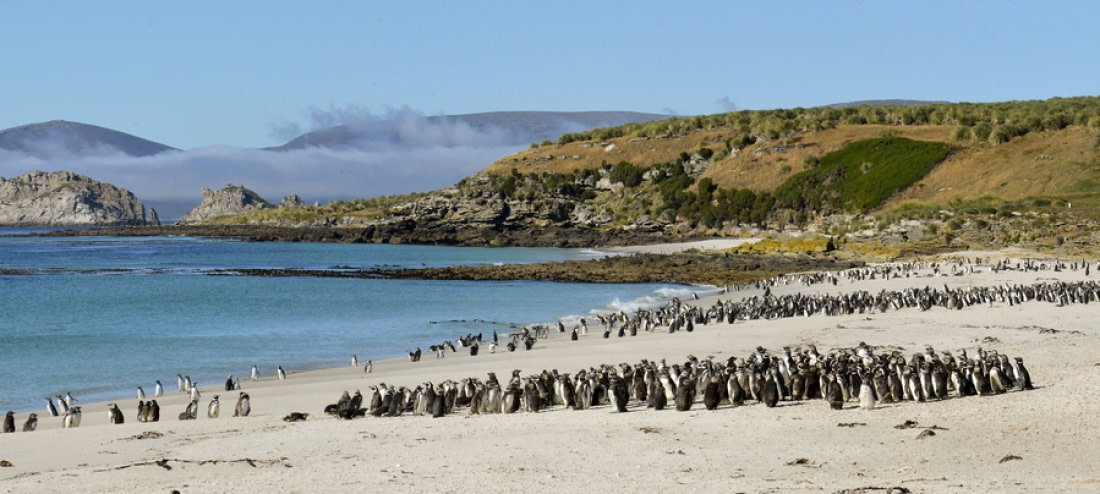
Are Magellanic Penguins social?
Magellanic Penguins hunt in flocks and join larger colonies during breeding season.
How fast do Magellanic Penguins swim?
They can swim at nearly 25 km per hour.
What are Magellanic Penguin mating rituals like?
Females mature at 4 years, males at 5. They gather in large colonies, up to 400,000 individuals, during breeding season in the Falkland Islands, Chile, and Argentina. They are monogamous, returning to the same mate each year. Mating begins in September, with egg laying in October.
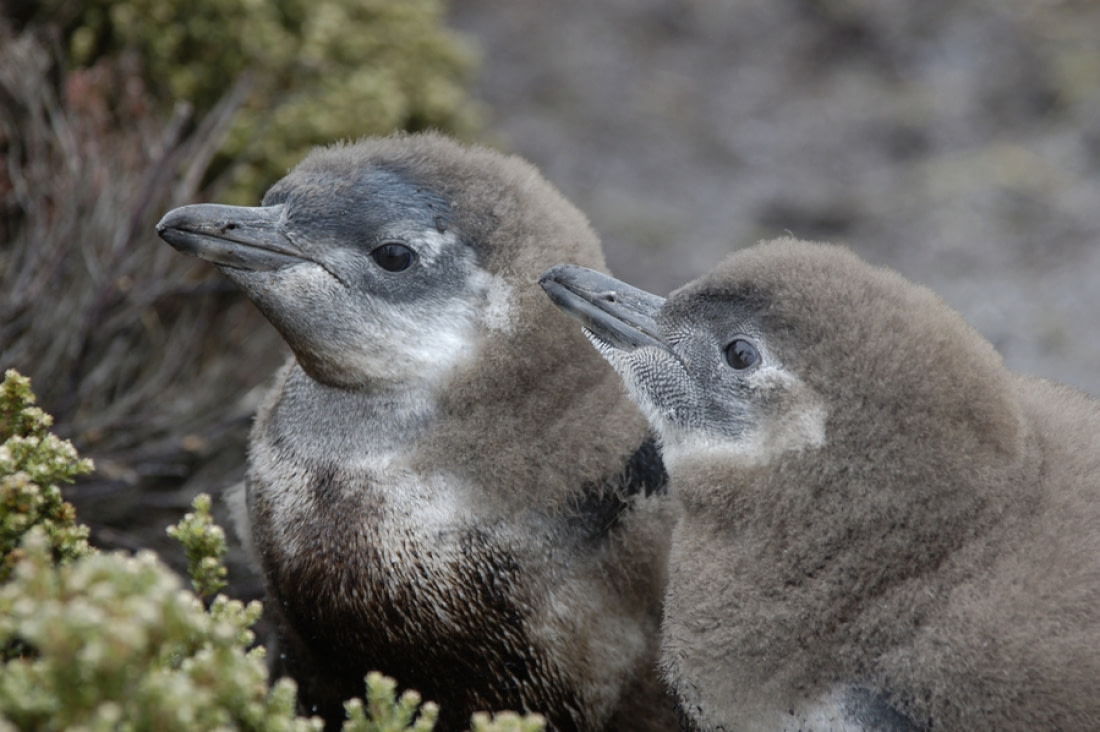
Two eggs are laid, with incubation lasting around 40 days. Parents take turns incubating and hunting. After hatching, parents alternate care and hunting every 2-3 days for a month. Chicks grow waterproof feathers within a month and become fledglings between 2 to 16 months, depending on food availability.
How long do Magellanic Penguins live?
They live an average of 25 years in the wild.
How many Magellanic Penguins are there today?
There are about 1.5 million breeding pairs, though populations have declined by up to 10% in the Falklands.
Do Magellanic Penguins have any natural predators?
On land, they have no natural predators. At sea, they are preyed upon by Leopard Seals, Large Fur Seals, and Killer Whales.
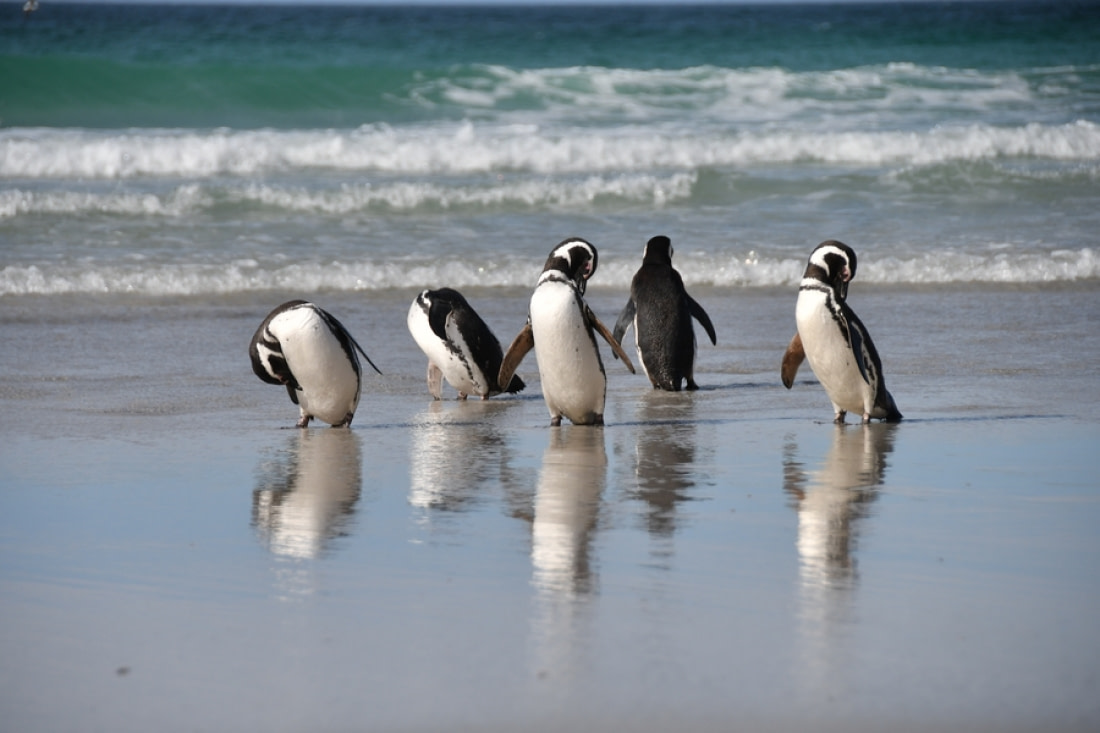
7 Majestic Magellanic Penguin Facts
- Named after explorer Ferdinand Magellan, first spotted in 1520.
- They excrete excess salt through glands near their eyes.
- To cool down, they shed feathers around their beak, pant, and extend flippers.
- Oil spills in Argentina are a major threat.
- They are nervous and seek cover when approached by humans.
- Largest species in the genus Spheniscus, which includes Galapagos, Humboldt, and African Penguins.
- Burrows protect from cold and predators but are susceptible to flooding.
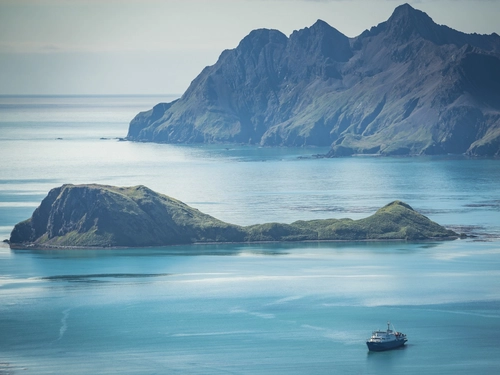

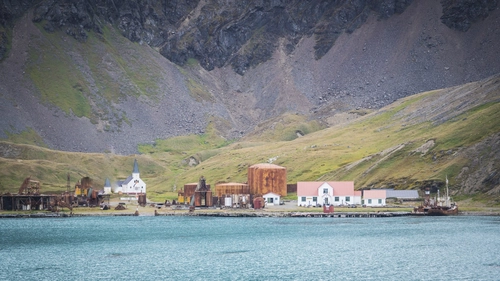



Related Trips


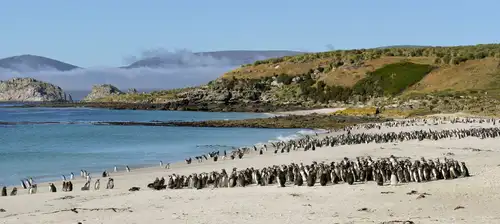
17 Reasons to Cruise the Falklands

The Eight Great Penguin Species of Antarctica
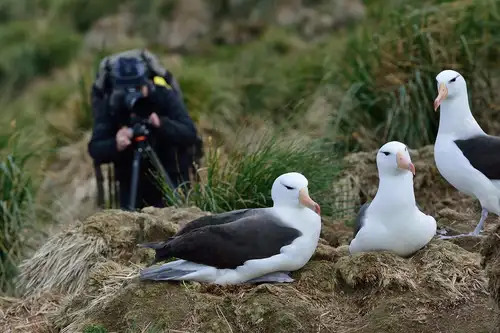



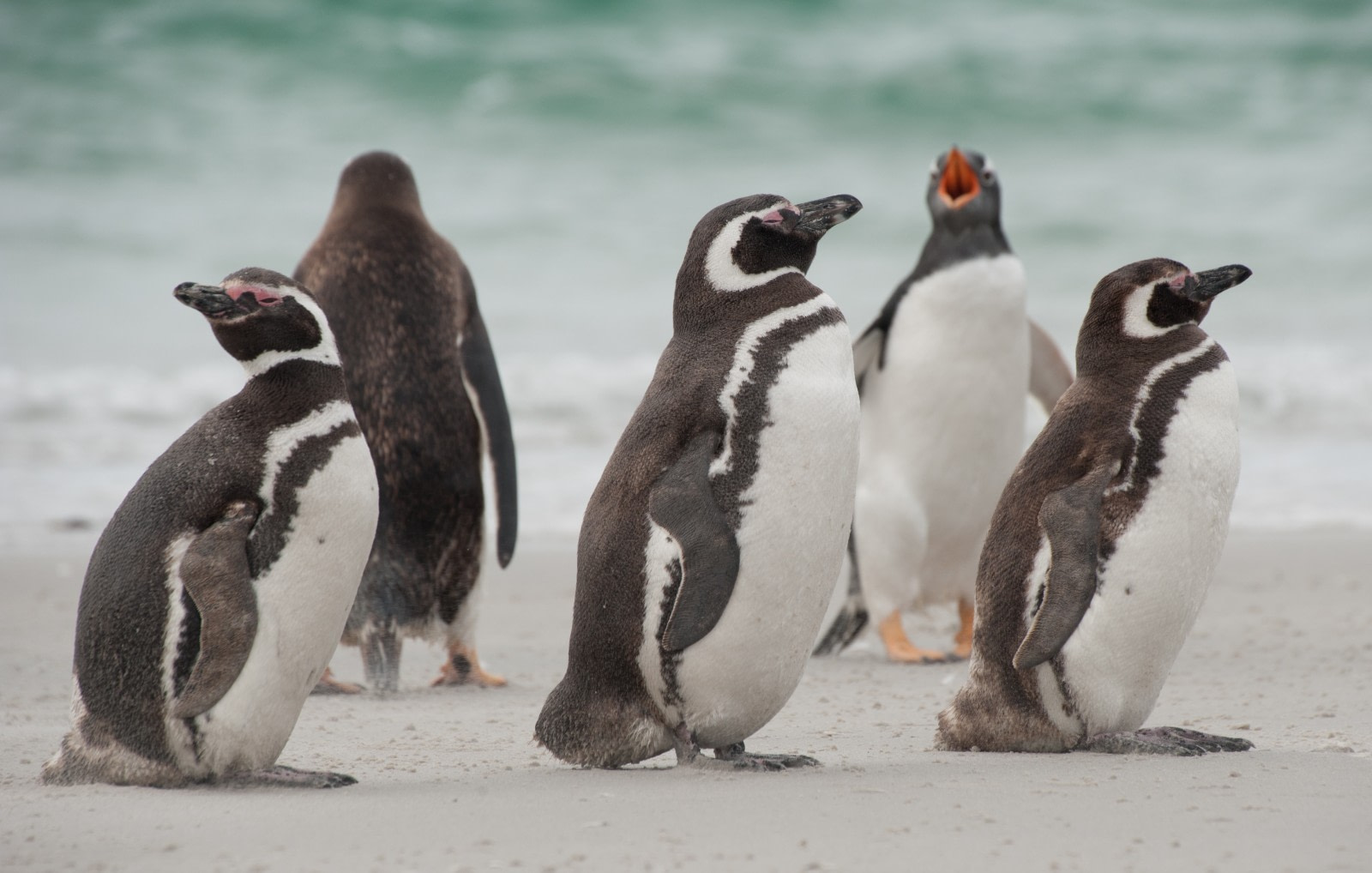

 19 Days / 18 Nights
19 Days / 18 Nights


